Following Facebook’s announcement that it was changing its name to Meta to symbolise strategy shift and considerable investment in Metaverse, a virtual universe that is under development right now.
For those unfamiliar with the metaverse, it is a virtual world in which users can put on virtual reality goggles and navigate a stylized version of themselves, known as an avatar, via virtual workplaces, entertainment venues, and other activities.
Participants can also play interactive games and buy virtual products along the route, with everything from digital avatar accoutrements to as-yet-undefined collectable digital merchandise available.
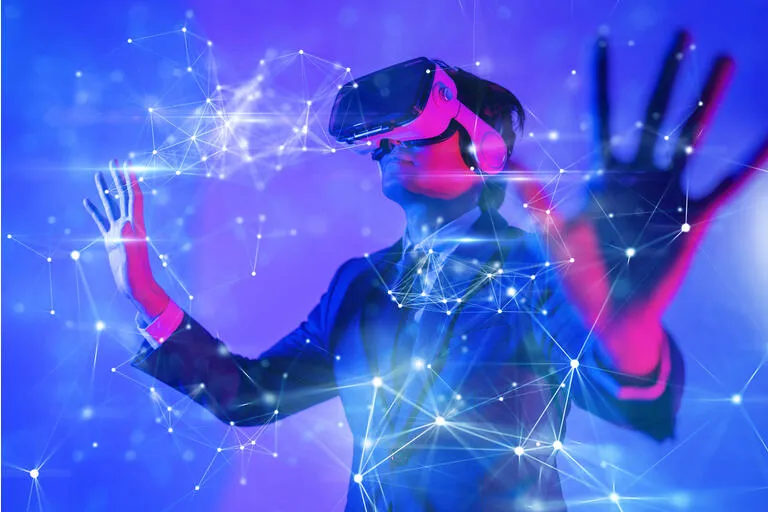
A digital currency and an economy of makers making and selling virtual things from virtual stores, ultimately generating real-world cash, are two of the more sweeping concepts for the metaverse.
Of course, the metaverse’s owner will gather slices of the numerous transactions and, presumably, utilize its knowledge of each metaverse being to sell them real and virtual products.
If any of this seems somewhat familiar, it’s possible you were exposed to the previous metaverse push in the early 2000s. Serious enterprises like IBM and entertainment products like the still-running Second Life promoted very comparable capabilities and services, such as virtual workplaces, concerts, and shopping, as evidenced by Mark Zuckerberg in his unveiling of the Meta brand.

Processing power, cost, and network constraints all hampered early iterations of the metaverse, according to proponents of the metaverse, difficulties that have been substantially resolved after a decade of technological advancement.
A long number of advantages from the metaverse is also suggested by proponents. It’s easy to see catching up with coworkers in a virtual conference room before a meeting being more pleasurable than an awkward small conversation with a Zoom talking head that’s either too big or too little. For example, a design team could virtually check the plant where the product is being manufactured.
The scientist believes that augmented reality will become the focal point of all parts of life in the coming decade, but he is concerned about the negative implications of platform providers exploiting this immense potential.
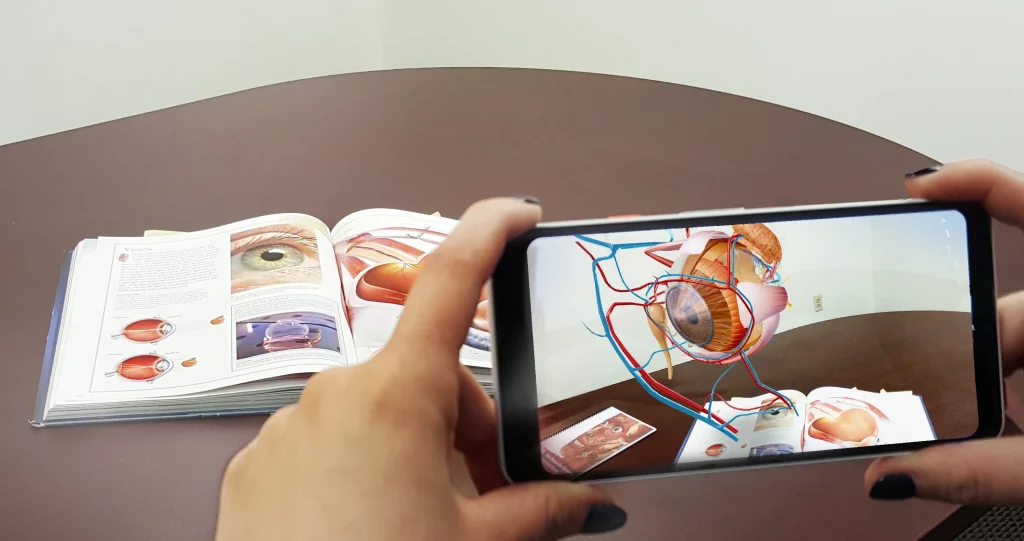
One of their main worries is the potential use of augmented reality’s capabilities to manipulate people’s perceptions of reality, to deepen the divisions that currently exist between us, and to endow us with a single bubble that isolates us from the collective reality.
“Augmented reality” and “metaverso,” according to Rosenberg, “are media technologies that strive to display content in the most natural way possible, seamlessly merging simulated sights, sounds, and even sensations into our view of the real world.”
“Our world will be replete with people, places, products, and activities that do not exist in reality, but appear to us to be genuinely authentic,” the scientist says.
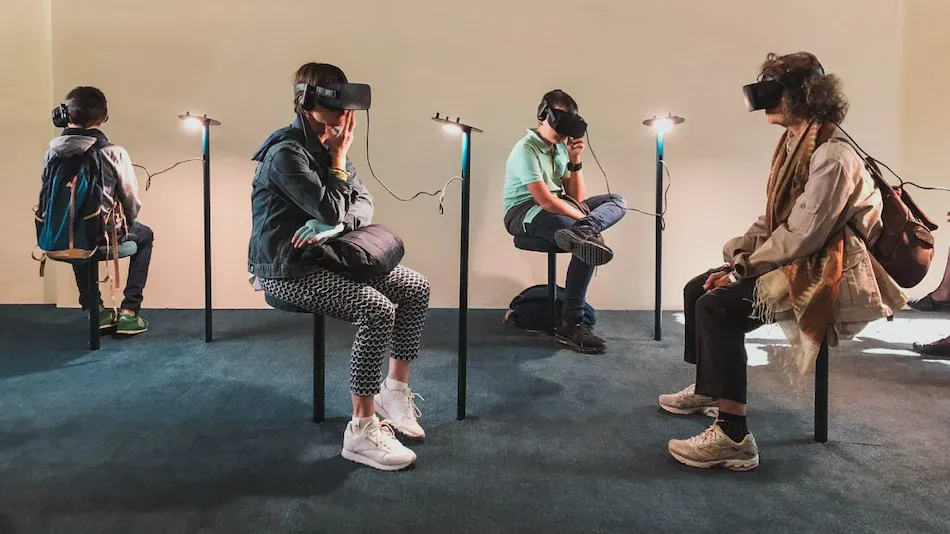
A source recalls donning Google Cardboard glasses and touring the pyramids as someone who had yet to visit Egypt, and being shocked at how immersive and exciting an experience made by a hunk of cardboard and his smartphone could be. Imagine experiencing the world’s wonders, going to the moon, or seeing a Beatles or Tupac performance all without leaving your room and for a fraction of the price.
Was it a utopia or a dystopia based on antisocial behaviour?
Although it’s more sophisticated than just claiming they didn’t have enough computation and network power, technology is generally blamed for those early attempts to construct a metaverse failing.
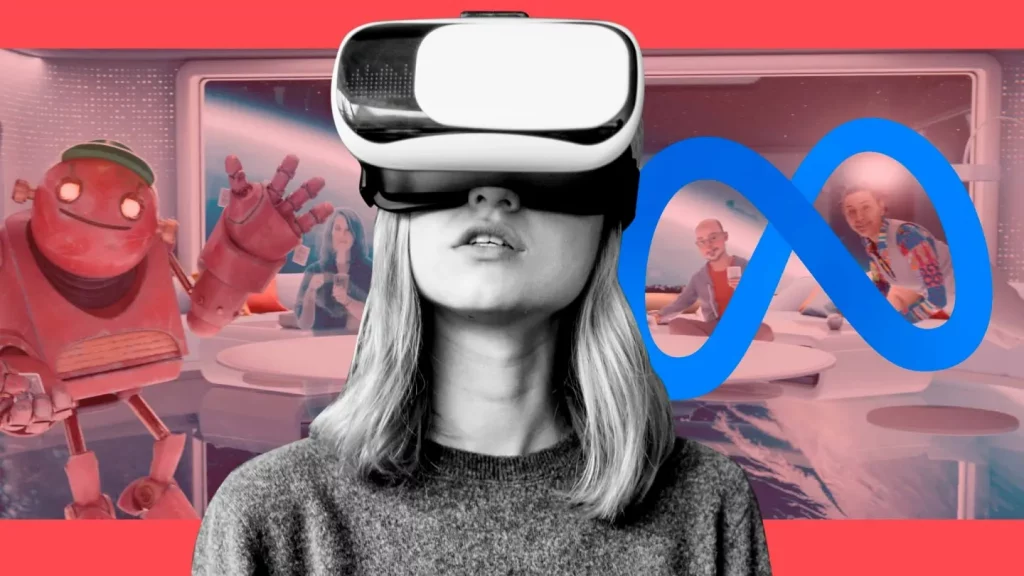
In 2021, they still experience a significant number of glitches in ordinary Zoom and Teams meetings, ranging from choppy bandwidth as everyone in the neighbourhood logs in at the start of the day, to upgraded USB drivers disabling my camera until we execute the unplug, count to 4-Mississippi, replug ritual.
Although virtual reality goggles have become more streamlined in recent years, try wearing a one-pound pair of spectacles for a few hours and see how your neck feels by lunchtime.
One of the major roadblocks to remote work was that the technology created a high enough barrier that a significant portion of the workforce immediately became disillusioned and abandoned it for years.
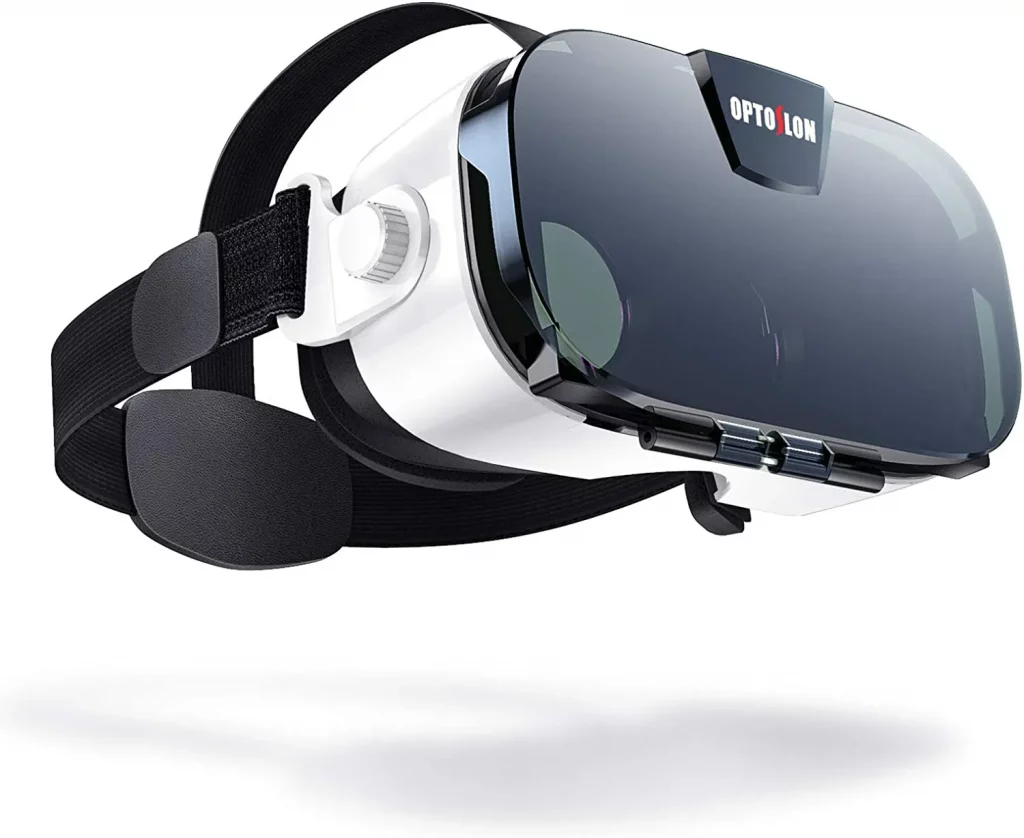
It took a global epidemic to drive everyone to put in the time to learn how to use the technology, but without a similar occurrence, the obstacles to entering the metaverse in the workplace will be considerably greater.
Even if these technical obstacles are overcome, it is worthwhile to consider whether we should create a digital representation of the cosmos simply because technologists can. The immense influence of social media firms, as well as the recent outrage aimed at them, stems from their capacity to collect data about us and quickly discern what information entices us to return.
We’ve all had the strange experience of our devices trying to sell us something hours after we’ve mentioned it to our friends, and some of the world’s top technologists have shown that our devices aren’t listening to us.

The truth is that our devices have gotten so effective at modelling and categorizing our actions and anticipating what we’re going to buy next that they recognise we’re interested in something at the same time we’re able to say it.
Imagine your entire life and all your interactions being on the show, rather than hours spent on social media feeding these data-gathering machines. Rather than just knowing that I bought two tickets to a Black Crowes performance, the metaverse would be able to track which song made me bop my head, if and how I danced at the virtual show, and which avatars grabbed my eye.
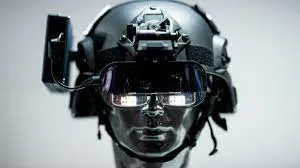
Giving that much information to any company, let alone one whose business strategy is built on exploiting sophisticated brain science and behavioural modelling to encourage you to spend more time with its goods, seems intrinsically risky. Add to that the fundamental moral and philosophical issues that a vast and immersive digital realm raises.
When questioned why the hazards of the metaverse are worse than those of other platforms, the expert argues that, while media technologies have made us vulnerable, we still have the choice of turning off our phones and having authentic experiences in the real world.
Disconnecting from the metaverse, on the other hand, will not be an option, and reality may vanish entirely, as the boundaries between the real and the fake would be invisible. In fact, at the desire of those who administer the platforms, the digital universe may even block reality.
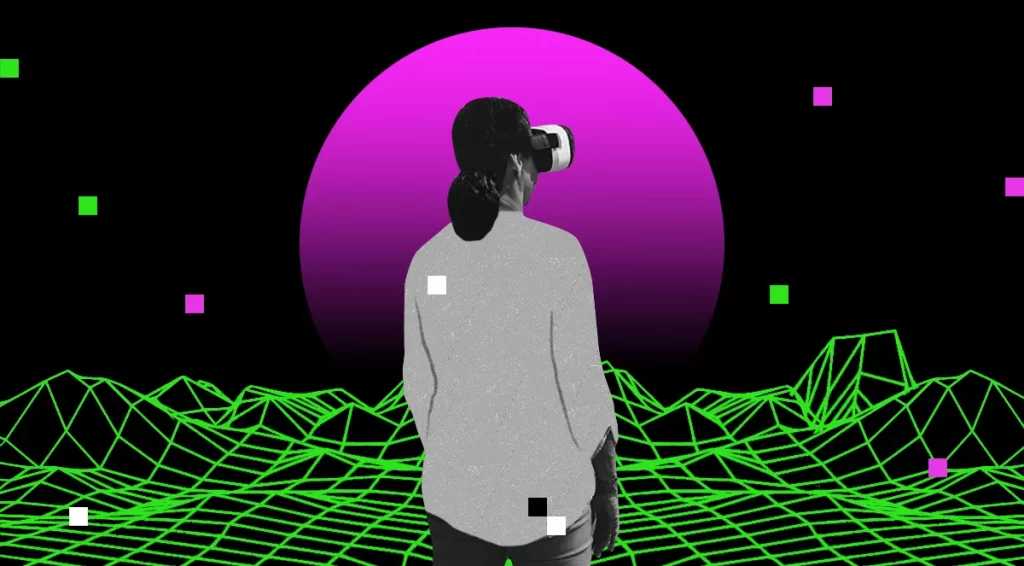
Metaverse, a negative influence for humanity?
Augmented reality has the potential to be a positive influence in the world, transforming it into a magnificent place and expanding our understanding of what it is to be human.
However, in order to protect ourselves from potential threats, we must proceed with caution and consideration, anticipating difficulties that may degrade it. It should be uplifting technology, Rosenberg cautioned.
The influence of our work as tech executives increasingly touches on very real and important human concerns, which is both interesting and sobering. Before putting on your goggles and leaping into the metaverse with both virtual feet, think about, reflect on, and discuss the metaverse’s positive and negative effects with your colleagues, friends, and communities.








